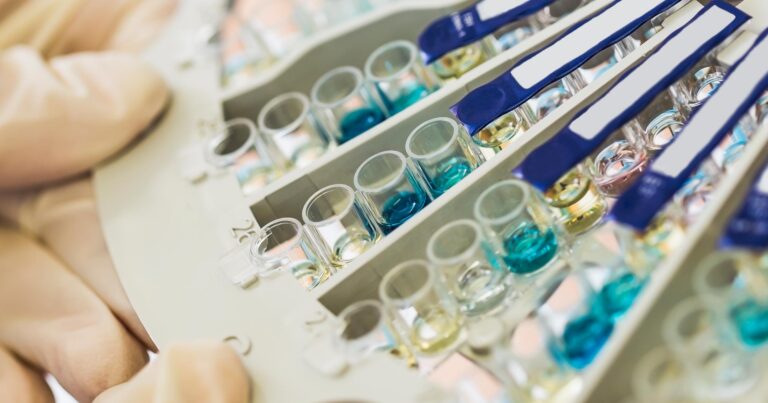Detection of Borreliae in Archived Sera from Patients with Clinically Suspect Lyme Disease
Abstract:
The diagnoses of Lyme disease based on clinical manifestations, serological findings and detection of infectious agents often contradict each other. We tested 52 blind-coded serum samples, including 20 pre-treatment and 12 post-treatment sera from clinically suspect Lyme disease patients, for the presence of residual Lyme disease infectious agents, using nested PCR amplification of a signature segment of the borrelial 16S ribosomal RNA gene for detection and direct DNA sequencing of the PCR amplicon for molecular validation. These archived sera were split from the samples drawn for the 2-tier serology tests performed by a CDC-approved laboratory, and are used as reference materials for evaluating new diagnostic reagents. Of the 12 post-treatment serum samples, we found DNA evidence of a novel borrelia of uncertain significance in one, which was also positive for the 2-tier serology test. The rest of the post-treatment sera and all 20 control sera were PCR-negative. Of the 20 pre-treatment sera from clinically suspect early Lyme disease patients, we found Borrelia miyamotoi in one which was 2-tier serology-negative, and a Borrelia burgdorferi in two—one negative and one positive for 2-tier serology. We conclude that a sensitive and reliable DNA-based test is needed to support the diagnosis of Lyme disease and Lyme disease-like borreliosis.


